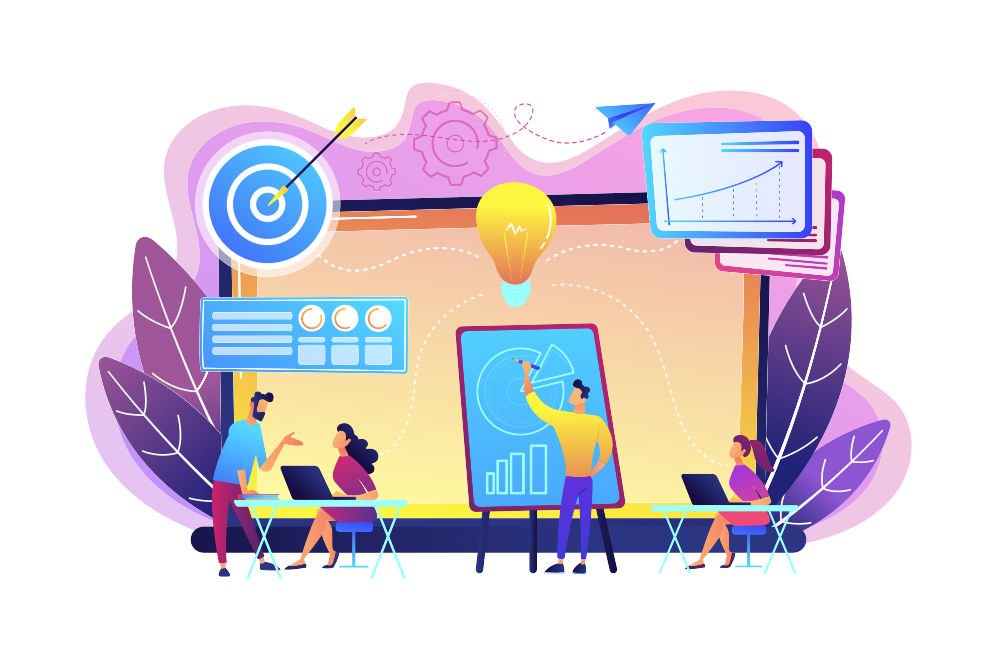HRMS stands for Human Resource Management System. It is a software system that is designed to manage various HR functions
and processes within an organization. The system can automate many of the administrative tasks associated with HR, such as
employee data management, payroll processing, benefits administration, time and attendance tracking, performance
management, and training and development.
HRMS can help organizations to streamline their HR processes, reduce errors, and increase efficiency. By centralizing
employee data, it can provide real-time information on employee performance, attendance, and other important metrics. This
information can be used by managers to make data-driven decisions and improve their workforce management.
Some key features of an HRMS may include:
- Employee database management: The system can store and manage employee data, such as personal information, employment
history, job titles, and compensation.
- Payroll processing: HRMS can automate the calculation and distribution of employee salaries, bonuses, and benefits.
- Time and attendance tracking: The system can track employee attendance, leave requests, and work hours.
- Performance management: HRMS can help managers track and evaluate employee performance, set goals, and provide feedback.
- Training and development: The system can manage employee training and development programs, track progress, and provide
reports on employee skills and qualifications.
Overall, an HRMS can provide organizations with a centralized system for managing HR processes, increasing efficiency, and
improving employee management.
All business needs a good HRMS system in place. It can save lot of time for various human resources related task and streamline the processes.



















